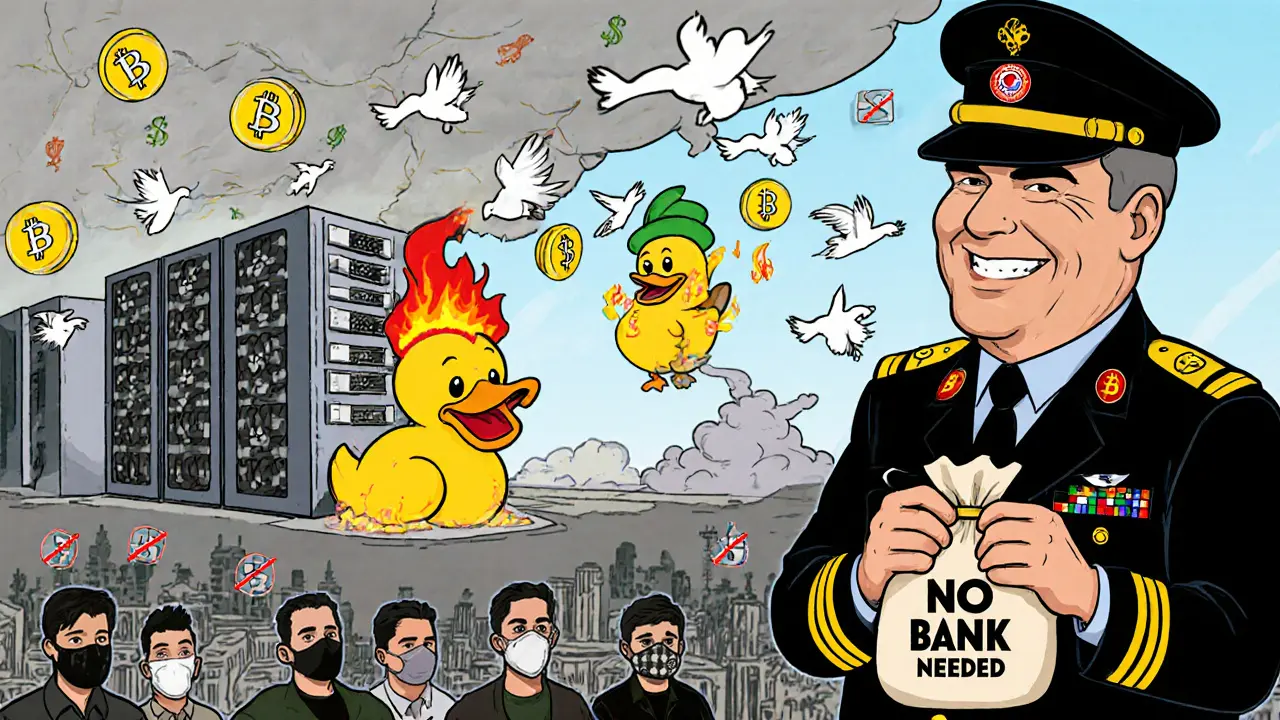Sanctions Circumvention in Crypto: How Decentralized Finance Bypasses Global Restrictions
When governments freeze bank accounts or block wire transfers, sanctions circumvention, the act of evading financial restrictions imposed by states or international bodies. Also known as financial evasion via blockchain, it’s not about breaking laws for fun—it’s about survival, trade, and access in a world where banking is politicized. Crypto doesn’t need permission to move value. That’s why it’s become a tool for people in sanctioned countries, businesses caught in crossfire, and even institutions testing the limits of control.
Think of decentralized exchange, a peer-to-peer platform that lets users trade crypto without a central authority. Platforms like Aster or Echobit don’t ask for your ID, don’t report to regulators, and don’t freeze wallets. They just let you swap tokens. That’s not a bug—it’s the point. And when you combine that with blockchain anonymity, the ability to transact without revealing identity through privacy layers or mixers, you get a system that’s hard to track, harder to shut down.
It’s not just about hiding money. It’s about keeping trade alive. Countries under sanctions use crypto to import medicine, pay for energy, or export goods. Tokens like DFI or PHA aren’t just speculative assets—they’re lifelines in regions where traditional finance has turned its back. Even airdrops, like the ones from APENFT or Phala Network, can be used to distribute value without banks. The sanctions circumvention isn’t always illegal—it’s often just unregulated. And that’s what makes it powerful.
But it’s not risk-free. Exchanges like GIBXChange or Karatbit operate without oversight, meaning if something goes wrong, there’s no recourse. And while tools like MPC-TSS security on Echobit help protect funds, they don’t protect you from scams or rug pulls. The same tech that helps people in Iran or Venezuela access global markets also attracts bad actors. That’s why understanding the line between necessity and exploitation matters.
What you’ll find below are real reviews and breakdowns of platforms, tokens, and strategies that are actively being used to move value outside traditional systems. Some are legitimate tools. Others are traps. All of them are part of a larger shift—where money doesn’t need a passport to cross borders.

